Bird baths, often perceived as simple garden ornaments, hold a deeper significance than one might initially realize. These structures, whether intricately designed or minimalist, serve a dual purpose, seamlessly blending artistic beauty with practical functionality.
The Dual Role of Bird Baths: Aesthetic Appeal and Functional Utility
At first glance, a bird bath might be admired for its aesthetic appeal. Crafted from a variety of materials, ranging from stone and metal to glass and ceramic, these water features can be sculpted into intricate designs, painted with vibrant colors, or adorned with mosaics. They stand as testament to human creativity, adding a touch of elegance and beauty to gardens, patios, and urban spaces. Their designs often reflect the artistic sensibilities of different cultures, eras, and individual craftsmen, making them not just functional items but pieces of art in their own right.
Yet, beyond their visual charm, bird baths serve a critical functional utility. They provide essential water sources for birds to drink and bathe. Especially in urban areas where natural water sources might be scarce, bird baths become vital oases for our winged friends. The water's shimmering surface, reflecting the sky and surrounding greenery, beckons birds, offering them a respite from their daily flights and a place to refresh and rejuvenate.
Connecting Humans with Nature
In today's fast-paced world, where concrete structures often dominate the skyline and digital screens capture our attention, bird baths serve as gentle reminders of the natural world around us. They become bridges, connecting humans with nature. The simple act of watching a bird flutter to the edge of a bird bath, dipping its beak or ruffling its feathers in the water, can be a moment of serenity and mindfulness. It's a scene that evokes a sense of wonder, reminding us of the delicate balance of life and the interconnectedness of all beings.
Moreover, bird baths foster a sense of stewardship. By setting up and maintaining a bird bath, individuals actively contribute to the well-being of local bird populations. This act of care strengthens the bond between humans and the environment, emphasizing our role as guardians of the planet and its diverse inhabitants.
Bird baths are more than just decorative items. They are symbols of harmony, blending art with utility, and serving as conduits that deepen our connection to the natural world.

Historical Evolution of Bird Baths
The history of bird baths is as rich and varied as the civilizations that crafted them. These water features, while serving a primary function of providing hydration for birds, also offer a window into the artistic and cultural sensibilities of different epochs.
From Simple Bowls in Ancient Civilizations
The genesis of bird baths can be traced back to ancient civilizations, where the symbiotic relationship between humans and nature was deeply revered. In places like ancient Egypt, Greece, and Rome, simple bowls or shallow basins were commonly placed in gardens, courtyards, and public spaces. Made from materials readily available at the time, such as clay, stone, or bronze, these rudimentary bird baths were more than just functional entities. They were often considered sacred, symbolizing purity, life, and the harmonious coexistence of humans and birds.
In these ancient societies, birds were frequently associated with deities or spiritual beliefs. For instance, in Egyptian mythology, the Benu bird (akin to the phoenix) was linked to the sun god Ra and symbolized rebirth. Providing water for such revered creatures was seen as both a practical and spiritual act, ensuring their continued presence and favor.
Ornate Designs in Later Eras
As time progressed and civilizations evolved, so did the designs and purposes of bird baths. The Middle Ages saw the integration of religious motifs, with bird baths often featuring inscriptions or designs that echoed Christian iconography. These were commonly found in monastery gardens or church courtyards.
However, it was during the Renaissance and Victorian eras that bird baths truly became ornate masterpieces. Inspired by a renewed interest in art, nature, and classical ideals, craftsmen began to create bird baths that were not just functional but also aesthetically exquisite. Materials like marble, wrought iron, and intricately carved stone became popular. Designs ranged from elaborate sculptures of mythological figures holding basins to more subtle, nature-inspired motifs like leaves, vines, and birds themselves.
Cultural and Artistic Influences Over the Centuries
The evolution of bird bath designs is a testament to the cultural and artistic influences of various periods. Whether it was the Greco-Roman emphasis on symmetry and classical beauty, the Gothic love for intricate details, or the Victorian penchant for opulence, bird baths mirrored the prevailing artistic trends of their times.
Furthermore, as global exploration and trade expanded, bird baths began to incorporate design elements from different cultures. For instance, in the colonial periods, European gardens might feature bird baths with Oriental or African motifs, reflecting a fusion of design sensibilities.
The historical journey of bird baths offers fascinating insights into the ever-evolving relationship between humans, art, and nature. From humble beginnings in ancient gardens to their status as ornate centerpieces in later eras, bird baths stand as symbols of humanity's enduring love for beauty and the natural world.
The Artistic Aspect: Design and Aesthetics
Bird baths, while rooted in functionality, have always been a canvas for artistic expression. Their designs, often a blend of form and function, reflect the aesthetic preferences of different eras and cultures, making them not just utilitarian objects but also pieces of art that enhance the beauty of their surroundings.
Exploring Various Artistic Designs, Materials, and Styles
Over the centuries, bird baths have been crafted from a myriad of materials, each bringing its own unique texture, color, and durability. Traditional materials like stone, clay, and bronze have been used for their sturdiness and natural appeal. Marble, with its smooth finish and luxurious feel, became popular in more opulent settings, while wrought iron, with its malleable nature, allowed for intricate designs and patterns.
The styles and designs of bird baths have been as varied as the cultures that created them. From the minimalist basins of ancient civilizations to the ornate sculptures of the Renaissance, and the whimsical designs of the modern era, bird baths have always been a reflection of the artistic zeitgeist. Some feature mythological figures or animals holding the basin, while others might have nature-inspired motifs like leaves, flowers, or even scenes depicting birds in flight.
How Aesthetics Influence the Types of Birds Attracted
The design and aesthetics of a bird bath can play a significant role in determining the types of birds it attracts. For instance, shallow basins with rough textures can be more inviting for smaller birds, as they provide a secure grip and reduce the risk of drowning. On the other hand, larger, deeper bird baths might attract bigger bird species looking for a more immersive bathing experience.
Color and design can also play a role. Brightly colored bird baths or those with reflective surfaces might attract a wider variety of birds, drawn by the shimmering water and vibrant hues. Conversely, more muted or natural-colored bird baths might blend seamlessly into the environment, appealing to more cautious or shy bird species.
Enhancing the Beauty of Gardens and Urban Spaces
Beyond their primary function, bird baths serve as focal points in gardens and urban spaces, enhancing their aesthetic appeal. In meticulously planned gardens, a bird bath can be the centerpiece, surrounded by flowering plants, shrubs, and ornamental trees, creating a harmonious tableau. The sight of birds flitting about, chirping, and splashing water adds a dynamic element, bringing the garden to life.
In urban settings, where green spaces are often limited, bird baths become even more significant. They offer a touch of nature amidst concrete and steel, providing city dwellers with a serene spot to relax, reflect, and reconnect with nature. Whether placed in public parks, apartment balconies, or rooftop gardens, bird baths contribute to the beautification of urban landscapes, serving as reminders of the simple joys of life.
The artistic aspect of bird baths goes beyond mere design. It's about creating a space that resonates with beauty, evokes emotions, and fosters a deeper connection between humans and the natural world.
The Scientific Aspect: Functionality and Utility
While bird baths are often admired for their artistic designs, their true essence lies in their scientific functionality. These structures, when designed with a keen understanding of avian needs and behaviors, can serve as vital resources for birds, especially in urban landscapes where natural water sources may be scarce.
Understanding the Needs of Birds: Depth, Size, and Shape
The design of a bird bath, particularly its depth, size, and shape, plays a crucial role in determining its utility for birds.
-
Depth: Most birds prefer shallow waters for bathing. A depth of about 1 to 2 inches is ideal for smaller birds, while slightly deeper sections can cater to larger species. It's essential to ensure that the bird bath has varying depths, allowing birds of different sizes to find their comfortable spot.
-
Size: The size of the bird bath often dictates the number and types of birds it can accommodate simultaneously. Larger bird baths can serve as communal spots, attracting flocks of birds, while smaller ones might cater to specific species or individual birds.
-
Shape: The shape of the bird bath can influence its accessibility. For instance, bird baths with gently sloping edges allow birds to wade into the water gradually, while those with flat or wide rims offer perching spots for birds to rest and observe their surroundings.
The Importance of Water Quality and Cleanliness
Clean water is paramount for the health and well-being of birds. Stagnant or dirty water can become a breeding ground for harmful bacteria, algae, and parasites, posing health risks to avian visitors. Regularly changing the water, scrubbing the bird bath, and ensuring proper drainage can help maintain water quality. In areas with hard water, using rainwater or distilled water can prevent mineral buildup, ensuring the water remains fresh and clean.
Benefits of Moving Water and Its Role in Attracting Diverse Bird Species
Moving water, whether it's a gentle ripple or a cascading fountain, offers several benefits:
-
Attractiveness: The sound and sight of moving water can be a powerful attractant for birds. The shimmering reflections and gentle sounds mimic natural streams and brooks, drawing birds from afar.
-
Cleanliness: Moving water is less likely to stagnate, reducing the growth of algae and the breeding of mosquitoes. This ensures that the water remains clean and safe for birds.
-
Variety: The dynamic nature of moving water can attract a diverse array of bird species, from those that enjoy splashing in vigorous currents to those that prefer calm, rippling waters.
The scientific aspect of bird baths underscores the importance of merging knowledge with design. By understanding the needs and behaviors of birds and incorporating these insights into the design and maintenance of bird baths, we can create spaces that are not only beautiful but also immensely beneficial for our feathered friends.
Modern Innovations and Trends
In the ever-evolving world of design and technology, bird baths have not been left behind. Modern innovations have transformed these traditional garden features into sophisticated, multi-functional structures that cater to both the needs of birds and the desires of bird enthusiasts. These advancements reflect a harmonious blend of nature with technology, ensuring that bird baths remain relevant and effective in today's dynamic landscape.
Introduction to Solar-Powered Bird Baths and Their Advantages
Solar-powered bird baths represent a fusion of sustainability with functionality. These bird baths come equipped with small solar panels that harness sunlight to power a fountain or pump, creating moving water without the need for electrical connections.
Advantages of solar-powered bird baths include:
-
Eco-Friendly: By relying on renewable solar energy, these bird baths reduce carbon footprints and promote sustainable practices.
-
Attractiveness: As discussed earlier, moving water is a potent attractant for birds. The gentle flow or ripple created by solar-powered fountains can draw a wider variety of bird species.
-
Flexibility: Without the need for electrical cords or outlets, solar-powered bird baths can be placed anywhere that receives ample sunlight, offering flexibility in positioning.
The Rise of Multi-functional Bird Baths: Combining Water Sources with Feeders
Modern bird baths are no longer just about providing water. Many now incorporate feeders, creating a one-stop destination for birds to drink, bathe, and feed. These multi-functional bird baths can be especially beneficial in urban areas where birds might have limited access to food and water sources.
Advantages include:
-
Efficiency: By offering both food and water, these bird baths can attract a diverse array of birds, ensuring they get all their essential resources in one place.
-
Observation: For bird enthusiasts, multi-functional bird baths provide extended observation opportunities, as birds linger longer to both bathe and feed.
Smart Bird Baths: Potential Use of Sensors and Cameras for Enhanced Bird Watching
The concept of 'smart' bird baths is a testament to the rapid advancements in technology. These bird baths can be equipped with sensors that monitor water quality, temperature, and even detect the presence of specific bird species. Additionally, integrated cameras can offer bird watchers a close-up view of their avian visitors, capturing intricate details of their behavior, plumage, and interactions.
Benefits include:
-
Data Collection: For researchers and avid bird watchers, the data collected from sensors can offer insights into bird behaviors, migration patterns, and health.
-
Enhanced Experience: Cameras can provide a unique, up-close perspective, allowing enthusiasts to observe and document birds without disturbing them.
-
Interactive Features: With the integration of technology, future smart bird baths might offer interactive features, such as playing specific bird calls to attract certain species or adjusting water temperatures based on ambient conditions.
Modern innovations and trends in bird baths reflect a commitment to enhancing the experience for both birds and humans. By incorporating technology, sustainability, and multi-functionality, these new-age bird baths ensure that our feathered friends continue to find solace in our gardens and urban spaces.
Tips for Attracting a Diverse Array of Birds
Bird baths, when thoughtfully placed and maintained, can transform gardens and urban spaces into bustling hubs of avian activity. However, attracting a diverse array of birds requires more than just filling a basin with water. It involves understanding bird behaviors, preferences, and needs, and then creating an environment that caters to them. Here are some tips to ensure your bird bath becomes a favorite spot for a wide variety of birds:
Choosing the Right Location for the Bird Bath
The location of a bird bath plays a pivotal role in its attractiveness to birds:
-
Visibility: Place the bird bath in a spot where it's easily visible to flying birds. An open area, free from dense foliage overhead, can make the bird bath more noticeable.
-
Safety: Birds are always on the lookout for potential predators. Position the bird bath near shrubs or low trees, providing birds with a quick escape route if threatened. However, ensure it's not too close to prevent cats or other predators from ambushing.
-
Shade and Sun: A balance between shade and sun is ideal. While sunlight can keep the water warm, a bit of shade ensures the water doesn't get too hot during peak summer days.
Using Natural Attractants: Plants, Flowers, and Bird Calls
Incorporating natural elements around your bird bath can significantly enhance its appeal:
-
Plants and Flowers: Native plants and flowers not only beautify the surroundings but also attract insects, a primary food source for many birds. The presence of food, coupled with water, can make your bird bath a prime destination.
-
Bird Calls: Playing soft recordings of bird calls can pique the curiosity of nearby birds. However, it's essential to use this method judiciously to avoid causing stress or confusion among the avian community.
-
Natural Perches: Incorporating natural perches, like branches or twigs, around the bird bath gives birds a place to rest, preen, and survey the area before approaching the water.
Seasonal Considerations: Adjusting Bird Bath Care and Maintenance Based on Seasons
Different seasons bring different challenges and opportunities:
-
Summer: During hot months, water can evaporate quickly. Regularly refill the bird bath and consider adding ice cubes on extremely hot days to keep the water cool. Clean the bird bath frequently as algae growth can be rampant in the heat.
-
Autumn: Falling leaves can clutter the bird bath. Regular cleaning is essential to ensure the water remains clean. As migratory birds pass through, consider adding additional food sources nearby to attract them.
-
Winter: In colder regions, the water can freeze. Heated bird baths or heating elements can keep the water liquid, providing birds with a vital water source during the harsh winter months.
-
Spring: As birds begin nesting, they'll be on the lookout for reliable water sources. Ensure the bird bath is clean and filled. Consider adding nesting materials nearby, like twigs or straw, to attract nesting birds.
Attracting a diverse array of birds to your bird bath involves a blend of strategic placement, incorporation of natural elements, and season-specific care. By understanding and catering to the needs of birds throughout the year, you can create a haven that welcomes and sustains a rich tapestry of avian life.
The Environmental and Ecological Impact
Bird baths, while often perceived as simple garden ornaments, have profound environmental and ecological implications. Their presence, especially in urban landscapes, can have ripple effects that benefit not just the avian community but the broader ecosystem as well. Let's delve deeper into the environmental and ecological impact of bird baths:
The Role of Bird Baths in Supporting Local Bird Populations
-
Vital Water Source: Especially in urban areas where natural water bodies might be scarce or polluted, bird baths provide essential hydration points for birds. They offer a place for birds to drink, bathe, and cool down, particularly during hot or dry periods.
-
Safe Haven: In cities where predators or human activities pose threats, bird baths situated in quiet, safe locations can offer birds a respite. They become mini-sanctuaries where birds can refresh without constant vigilance.
-
Supporting Migratory Birds: During migration seasons, many birds travel vast distances and require resting and refueling spots. Strategically placed bird baths can serve as waypoints for these migratory species, offering them the much-needed water and rest.
Benefits for Urban Ecosystems: Promoting Biodiversity and Aiding in Insect Control
-
Biodiversity Boost: Bird baths attract a variety of bird species, each bringing its unique behaviors, songs, and interactions. This diversity can be a boon for urban areas, introducing a slice of nature amidst concrete jungles.
-
Natural Pest Control: Many birds are insectivores, feeding on pests like mosquitoes, beetles, and caterpillars. By attracting these birds to gardens or urban spaces, bird baths indirectly aid in natural pest control, reducing the need for chemical insecticides.
-
Pollination: Some bird species, especially those feeding on nectar, play roles in pollinating flowers. Their presence can enhance the health and diversity of local flora.
Encouraging Sustainable Practices: Using Recycled Materials and Eco-friendly Designs
-
Recycled Materials: Modern bird baths often incorporate recycled materials, such as reclaimed wood, repurposed metal, or recycled glass. Using such materials reduces waste, promotes sustainability, and adds a unique aesthetic appeal.
-
Eco-friendly Designs: Bird baths designed with sustainability in mind might include features like solar-powered fountains, rainwater harvesting systems, or natural filtration methods. These designs not only reduce the bird bath's environmental footprint but also promote eco-consciousness among users.
-
Educational Opportunities: Bird baths, especially those in public spaces or schools, can serve as educational tools. They can be used to teach about local bird species, ecology, water conservation, and sustainable practices.
Bird baths, while seemingly simple, have a multifaceted impact on the environment and ecology. They stand as symbols of the delicate balance between urban development and nature, reminding us of our responsibility to coexist harmoniously with the myriad species that share our planet.
Conclusion
Bird baths, with their rich history and multifaceted roles, serve as a testament to humanity's innate desire to connect with nature. These structures, often seen gracing gardens, patios, and urban parks, encapsulate a delicate balance of aesthetics and functionality, reflecting our evolving understanding of the natural world and our place within it.
Reflecting on the Harmonious Blend of Art and Science in Bird Bath Designs
The design of bird baths is a dance between art and science. On one hand, they are canvases for artistic expression, capturing the essence of different eras, cultures, and individual creativity. Whether it's the ornate sculptures of the Renaissance, the minimalist designs of modern times, or the intricate patterns influenced by global cultures, bird baths have always mirrored the artistic zeitgeist of their periods.
On the other hand, the science behind bird bath designs is rooted in a deep understanding of avian behaviors and needs. The depth, shape, and material of the bird bath, the quality of water, and even the surrounding environment are all grounded in scientific principles aimed at providing the best possible resources for birds. This blend of art and science ensures that bird baths are not just decorative items but functional habitats that cater to the well-being of our feathered friends.
The Enduring Joy and Benefits of Attracting Diverse Bird Life to Our Spaces
The simple act of watching a bird approach a bird bath, hesitating for a moment before taking the plunge, ruffling its feathers, and then taking off with renewed vigor, is a source of immeasurable joy. It's a moment that transcends the mundane, offering a glimpse into the world of these winged wonders.
Attracting diverse bird life to our spaces has benefits that go beyond the immediate visual and auditory pleasures. Birds play crucial roles in ecosystems, from controlling pests to aiding in pollination. Their presence indicates the health of the environment, serving as barometers of ecological well-being.
Moreover, in an age where urbanization and technological advancements often distance us from nature, bird baths serve as bridges. They remind us of the simple pleasures of life, the rhythms of nature, and the interconnectedness of all beings. They encourage mindfulness, observation, and a sense of stewardship, fostering a deeper appreciation for the world around us.
In wrapping up, bird baths, in their quiet, unassuming way, enrich our lives. They stand as symbols of harmony, beauty, and coexistence, echoing the timeless dance between humans, art, science, and nature.
Frequently Asked Questions
What is the ideal depth for a bird bath?
The ideal depth for a bird bath varies to accommodate different bird species. Generally, a depth of about 1 to 2 inches is perfect for smaller birds. It's beneficial to have varying depths in the bird bath, allowing birds of different sizes to find a comfortable spot.
How often should I clean my bird bath?
Regular cleaning is essential to ensure the health and safety of visiting birds. It's advisable to change the water every day or two and give the bird bath a thorough scrubbing at least once a week. This prevents the buildup of algae, bacteria, and other potential contaminants.
Why is moving water recommended for bird baths?
Moving water, whether from a fountain or a simple drip system, offers several benefits. It's more attractive to birds due to the shimmering reflections and gentle sounds, mimicking natural streams. Additionally, moving water is less likely to stagnate, reducing the growth of algae and breeding of mosquitoes.
Can bird baths help with natural pest control?
Absolutely! Many birds are insectivores, feeding on a variety of pests like mosquitoes, beetles, and caterpillars. By attracting these birds to your garden or urban space, bird baths indirectly aid in natural pest control, reducing the need for chemical insecticides.
Are there any eco-friendly materials recommended for bird baths?
Modern bird baths often incorporate eco-friendly and recycled materials, such as reclaimed wood, repurposed metal, or recycled glass. Using such materials not only reduces environmental impact but also promotes sustainability. Additionally, designs that incorporate solar-powered fountains or natural filtration methods further enhance the eco-friendliness of bird baths.
Related Articles
From Simple Bowls to Solar-Powered Fountains: The Evolution of Bird Baths
Lion Water Fountains: Decoding the Symbolism & Meaning
Buddha Water Fountains: Decoding the Symbolism & Meaning
Ganesha Water Fountains: Decoding the Symbolism & Meaning


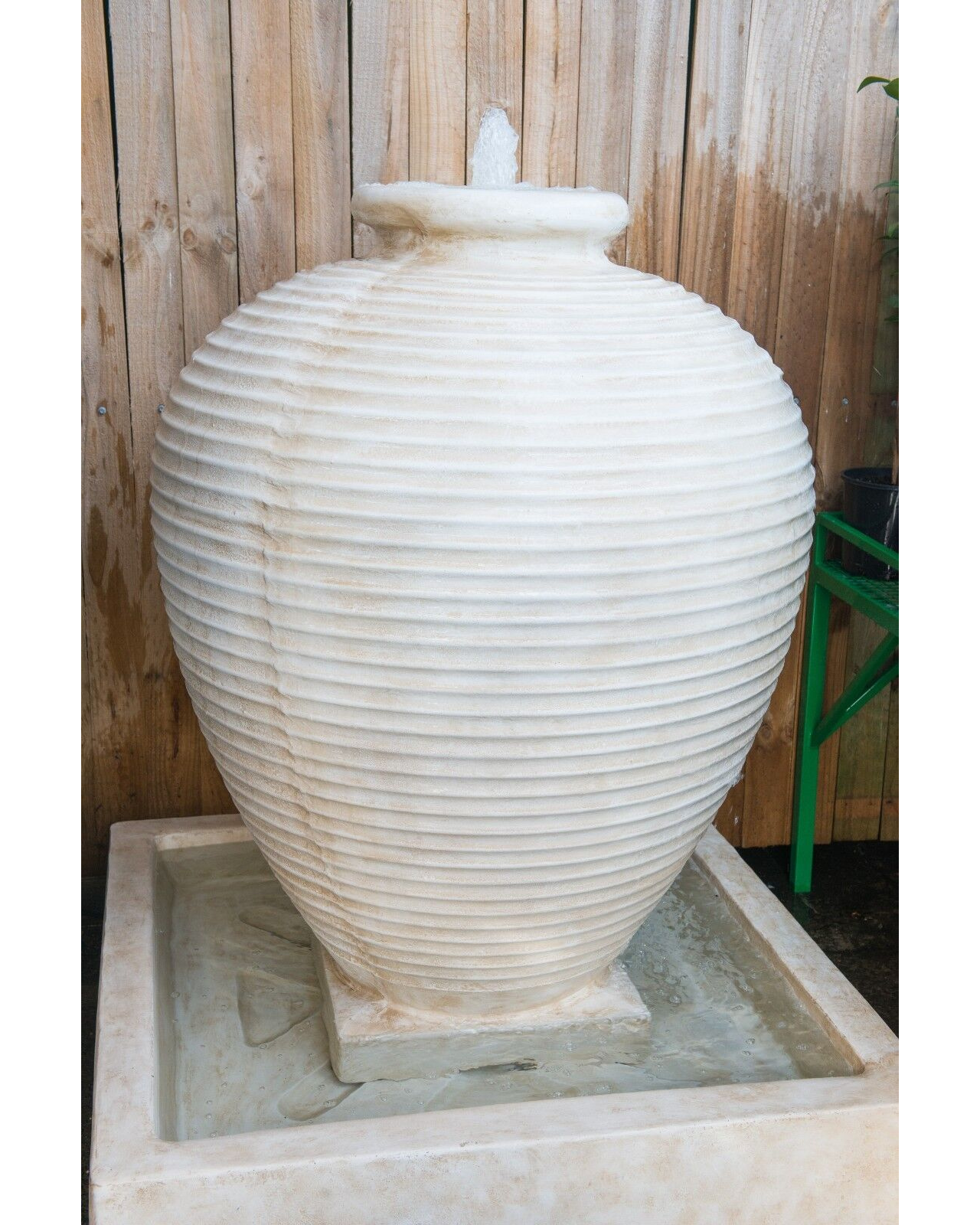

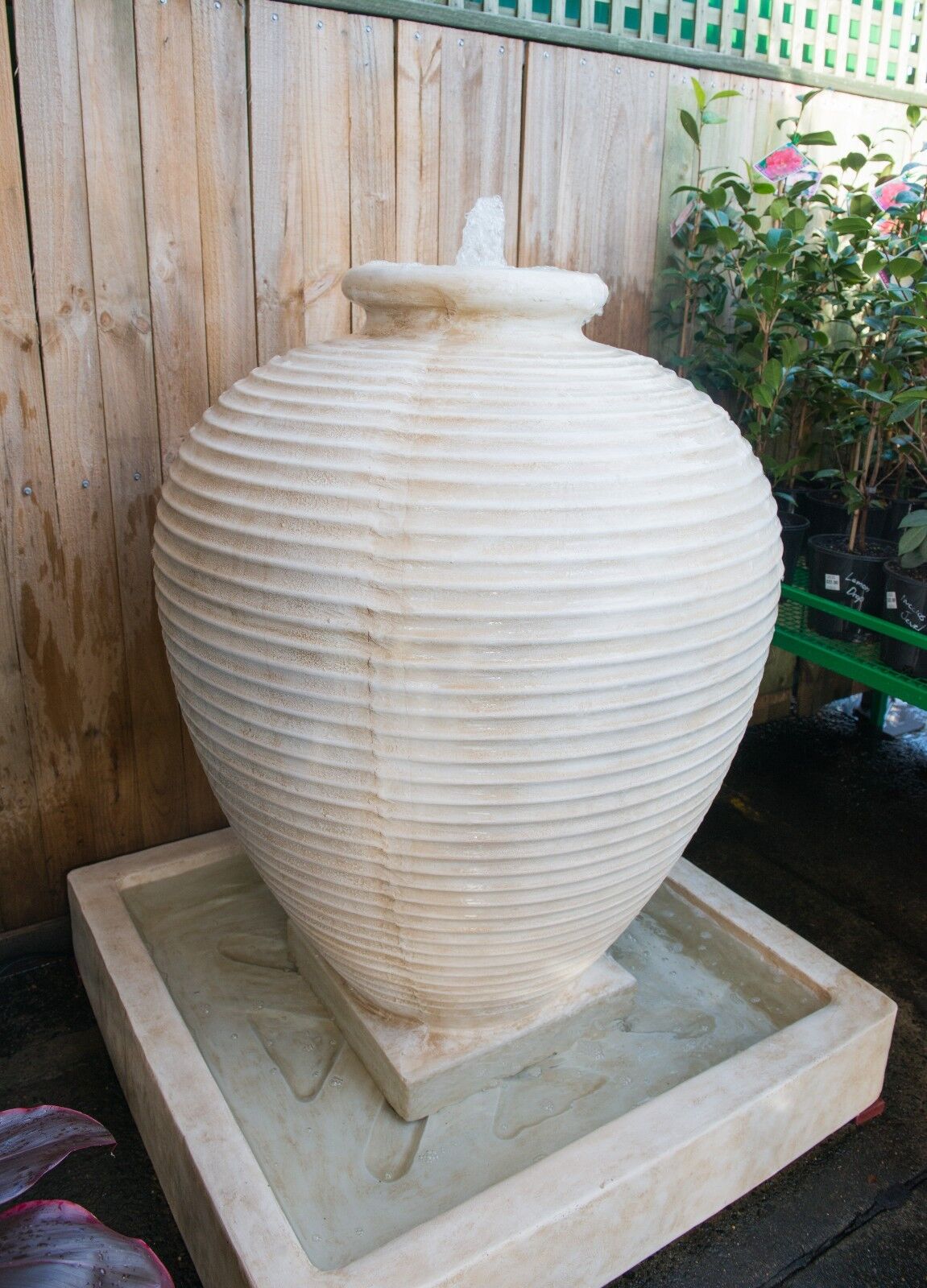
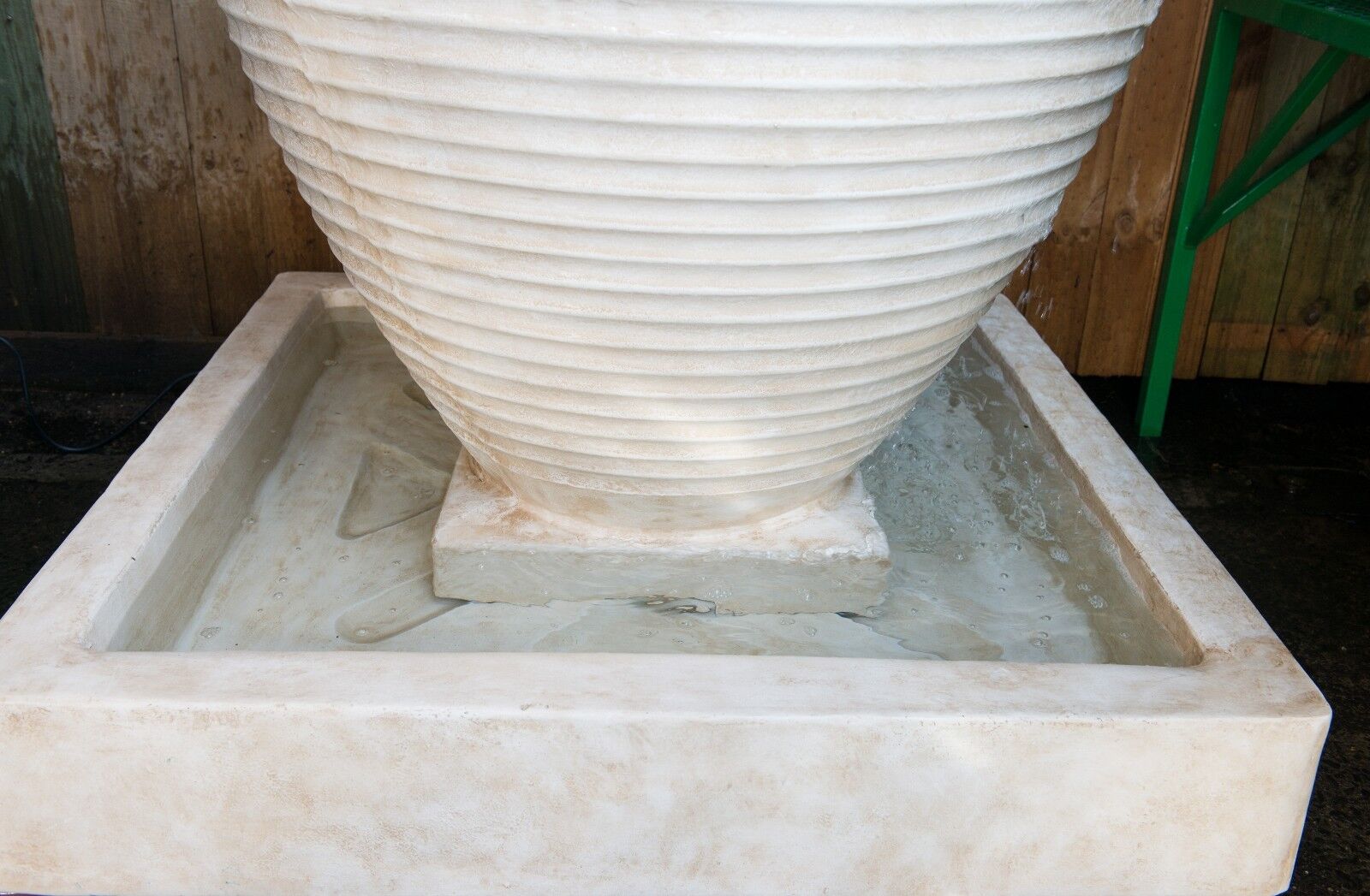
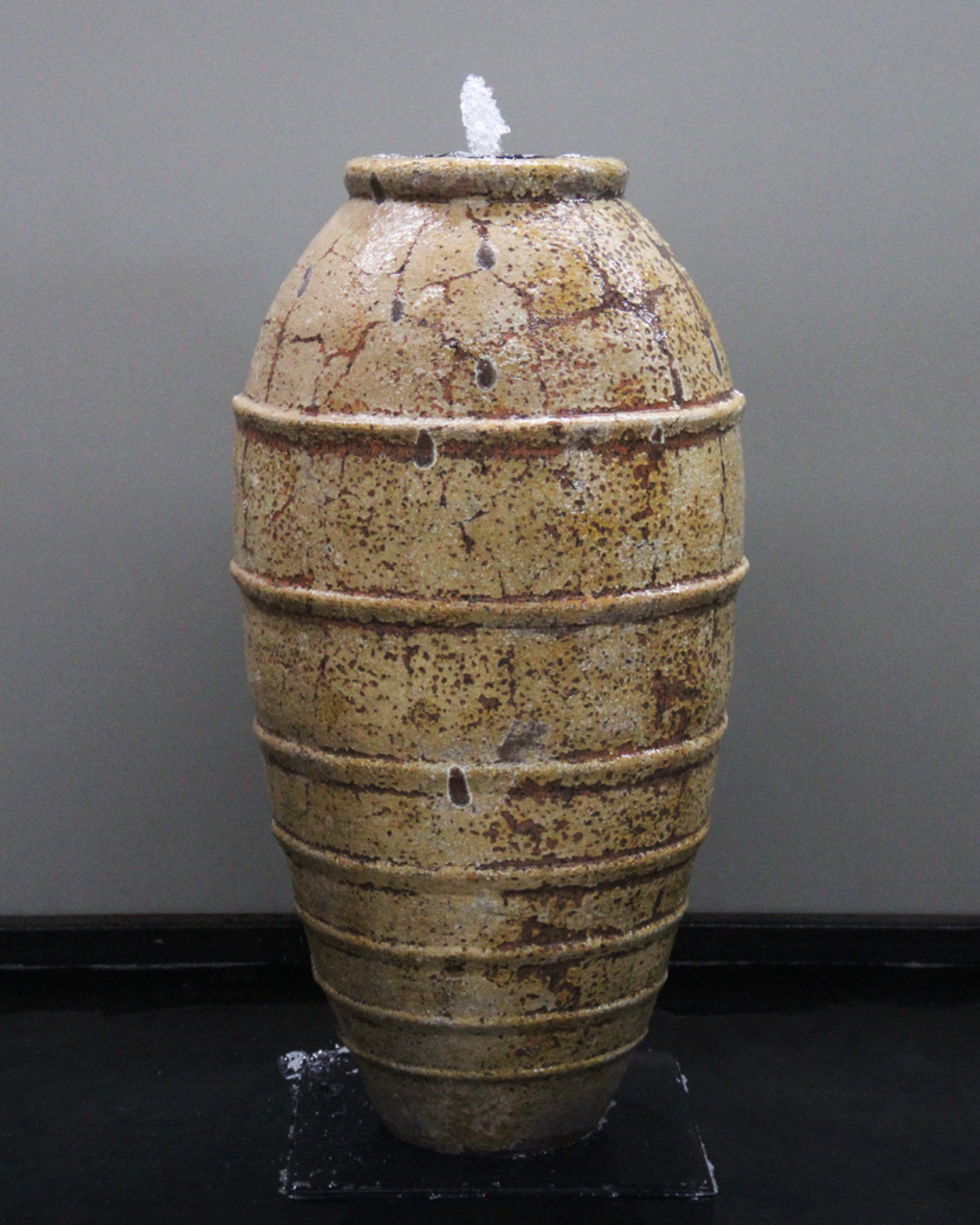

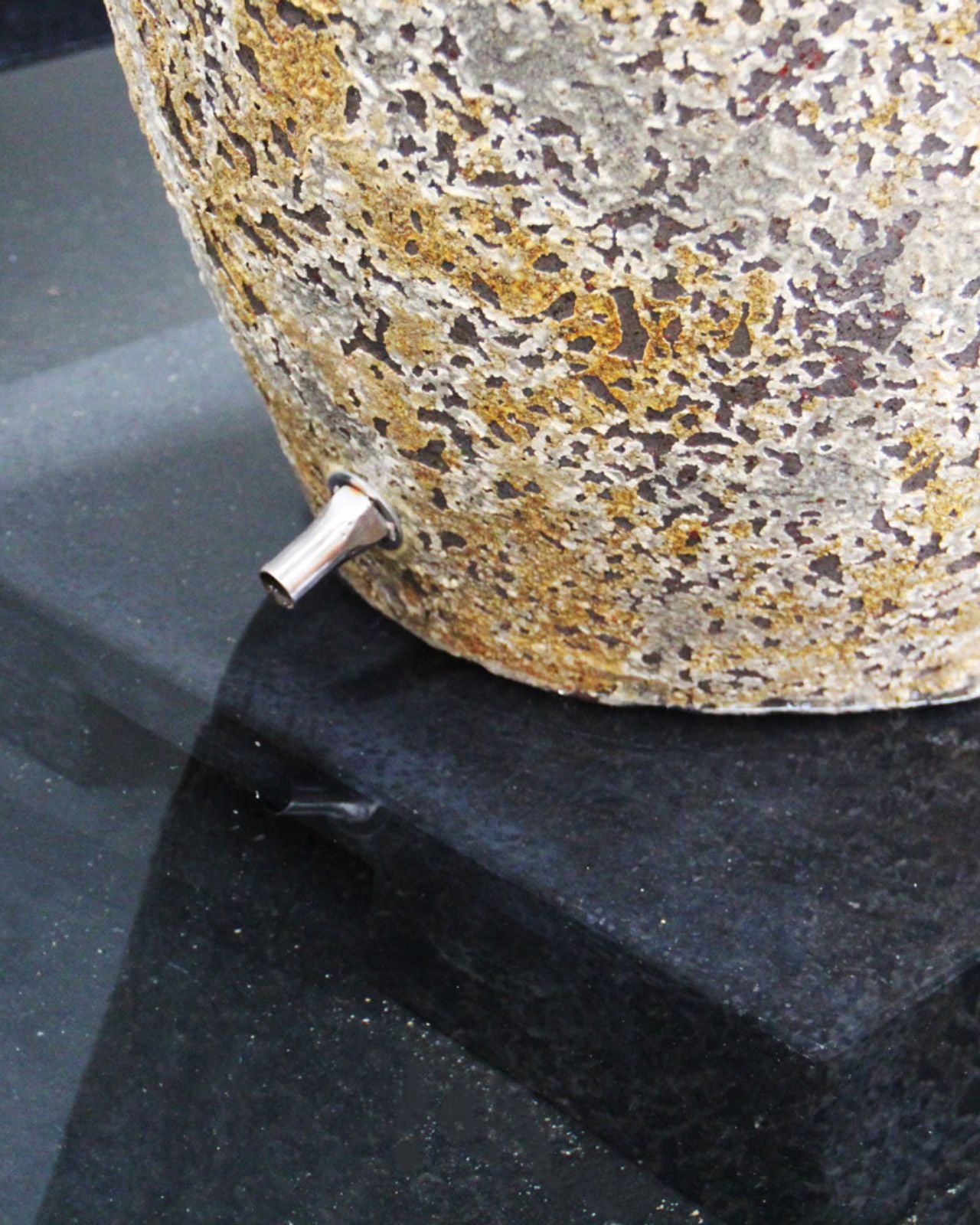
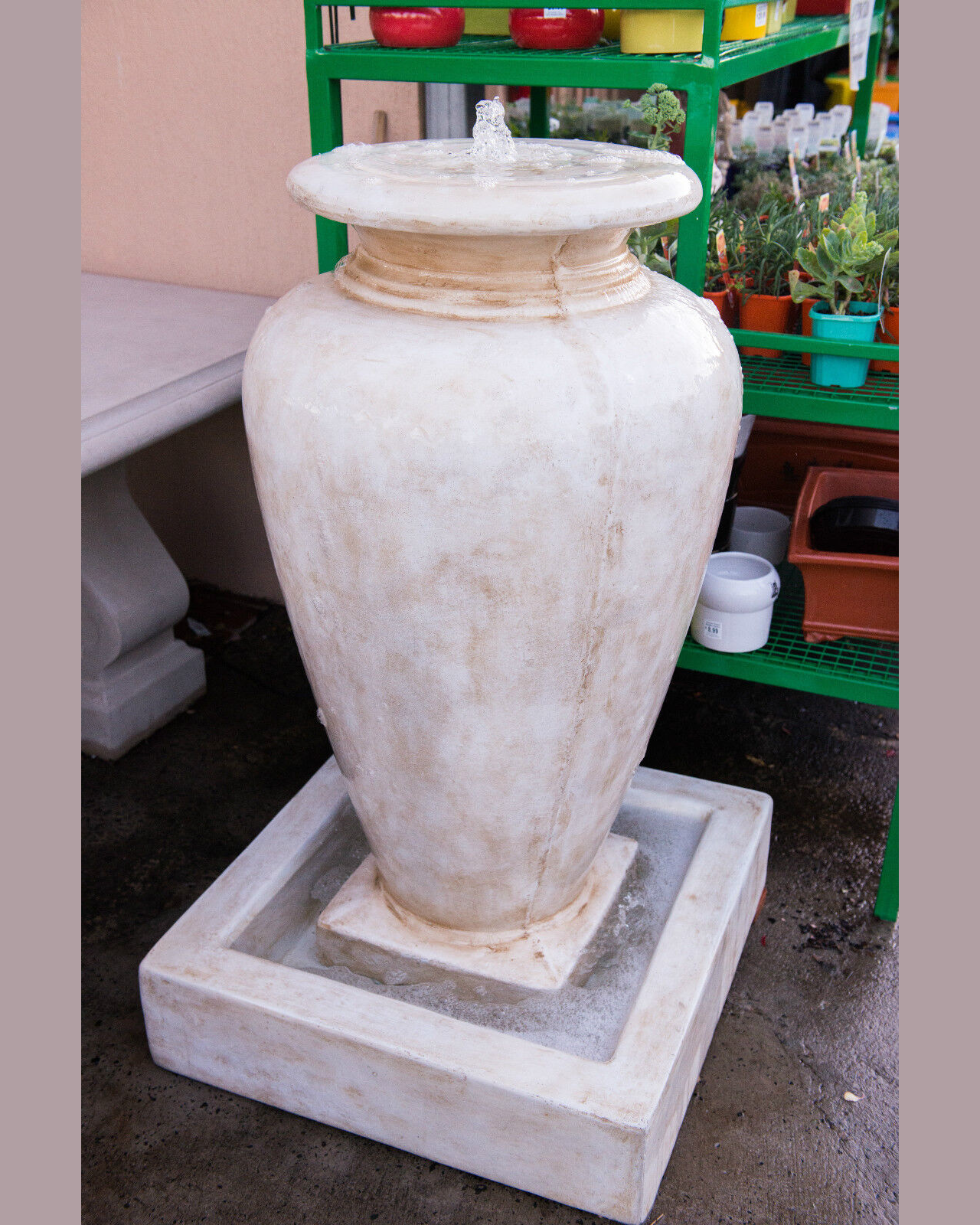

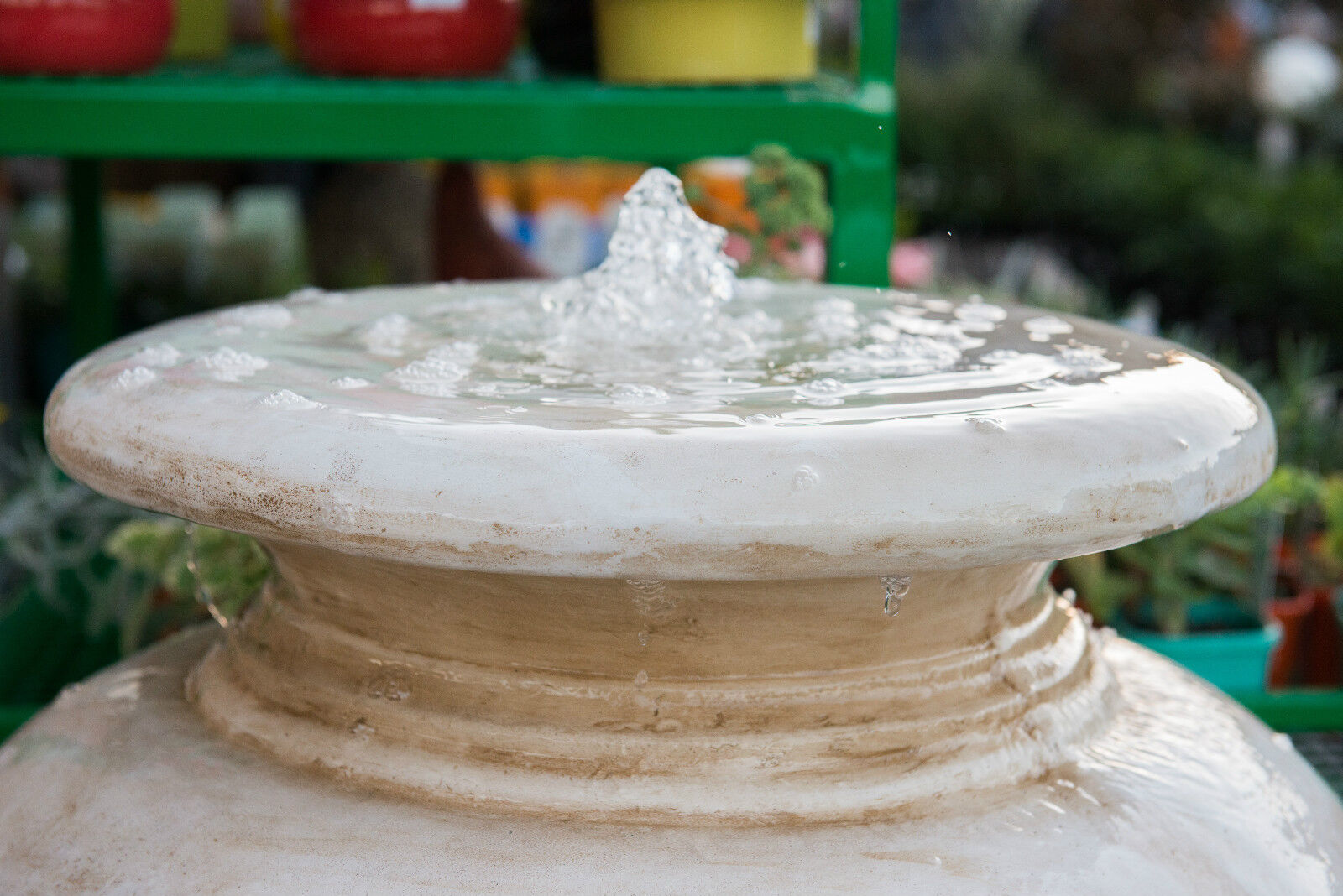
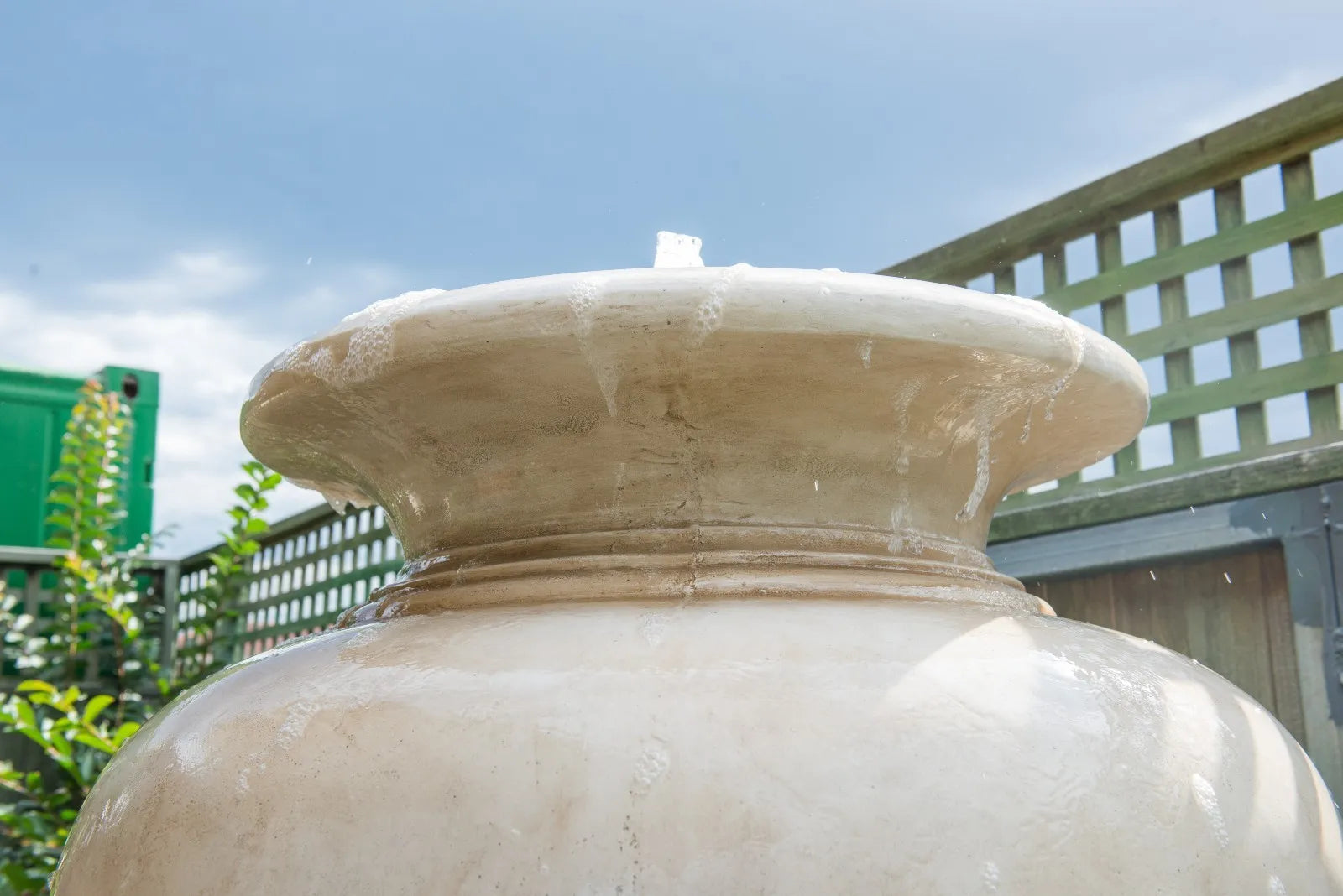
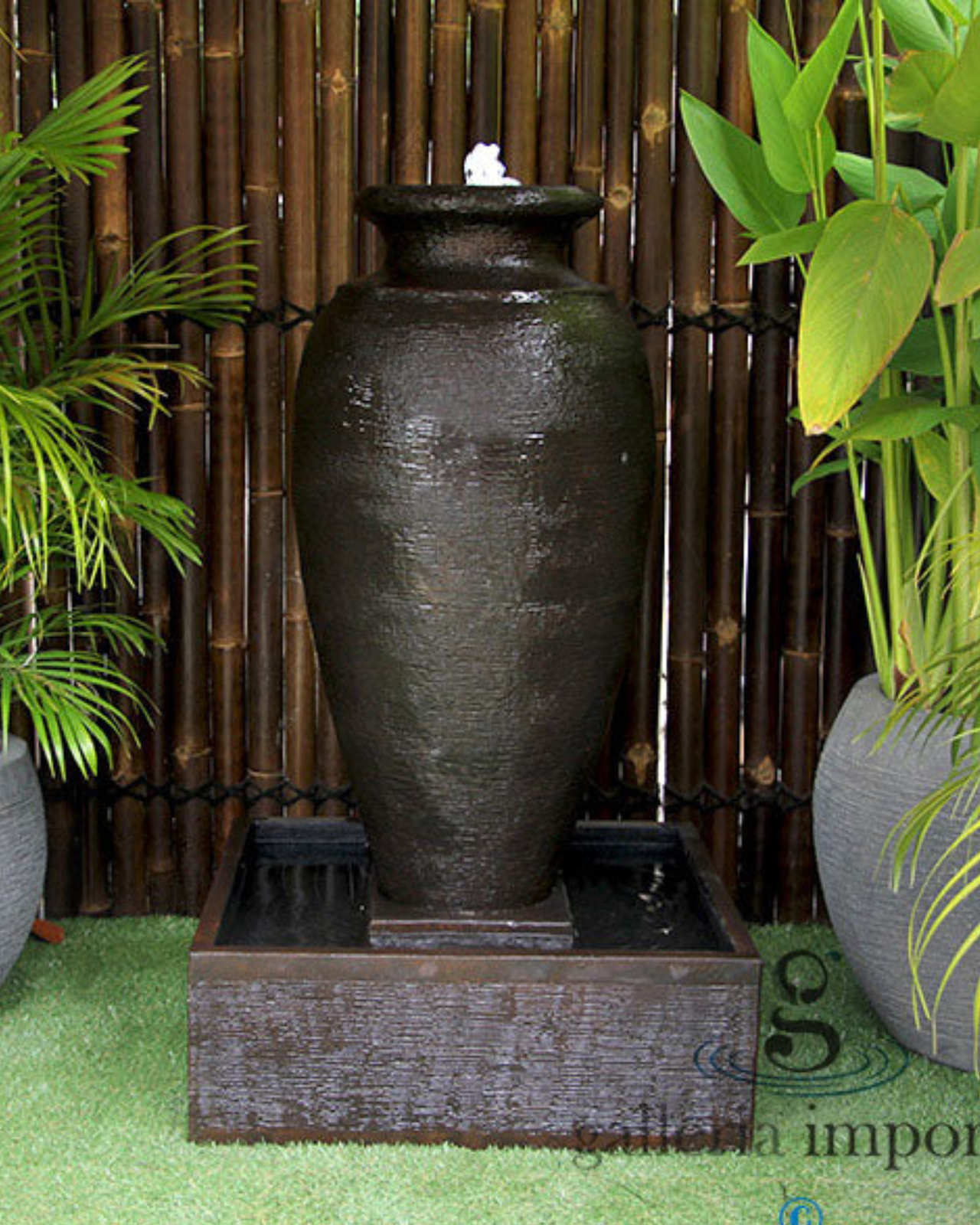

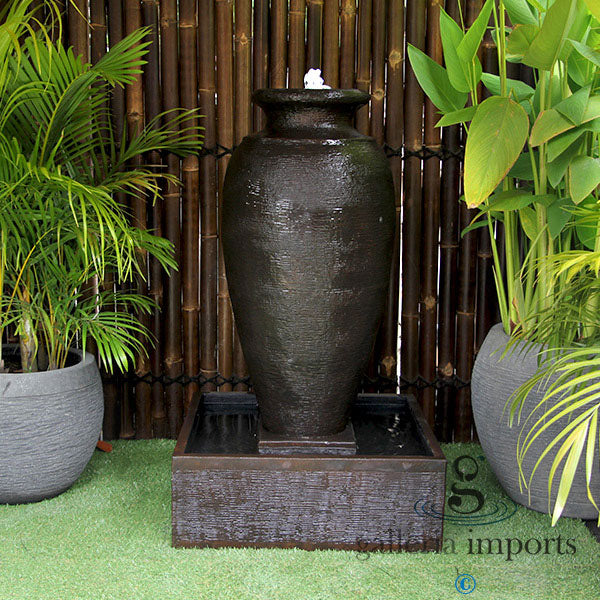
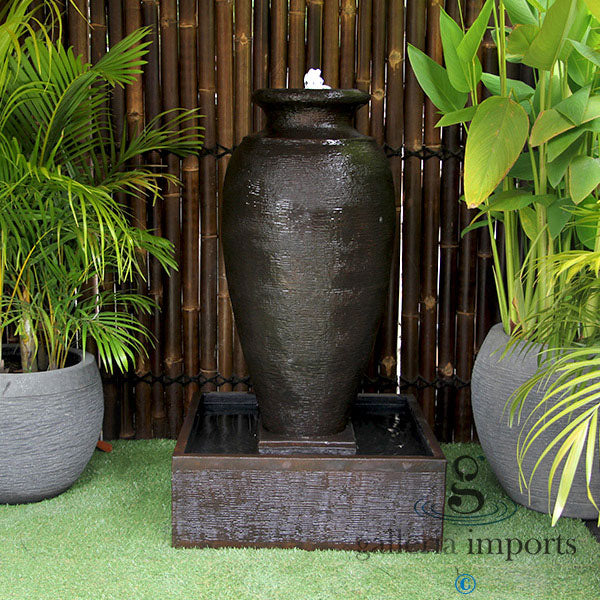
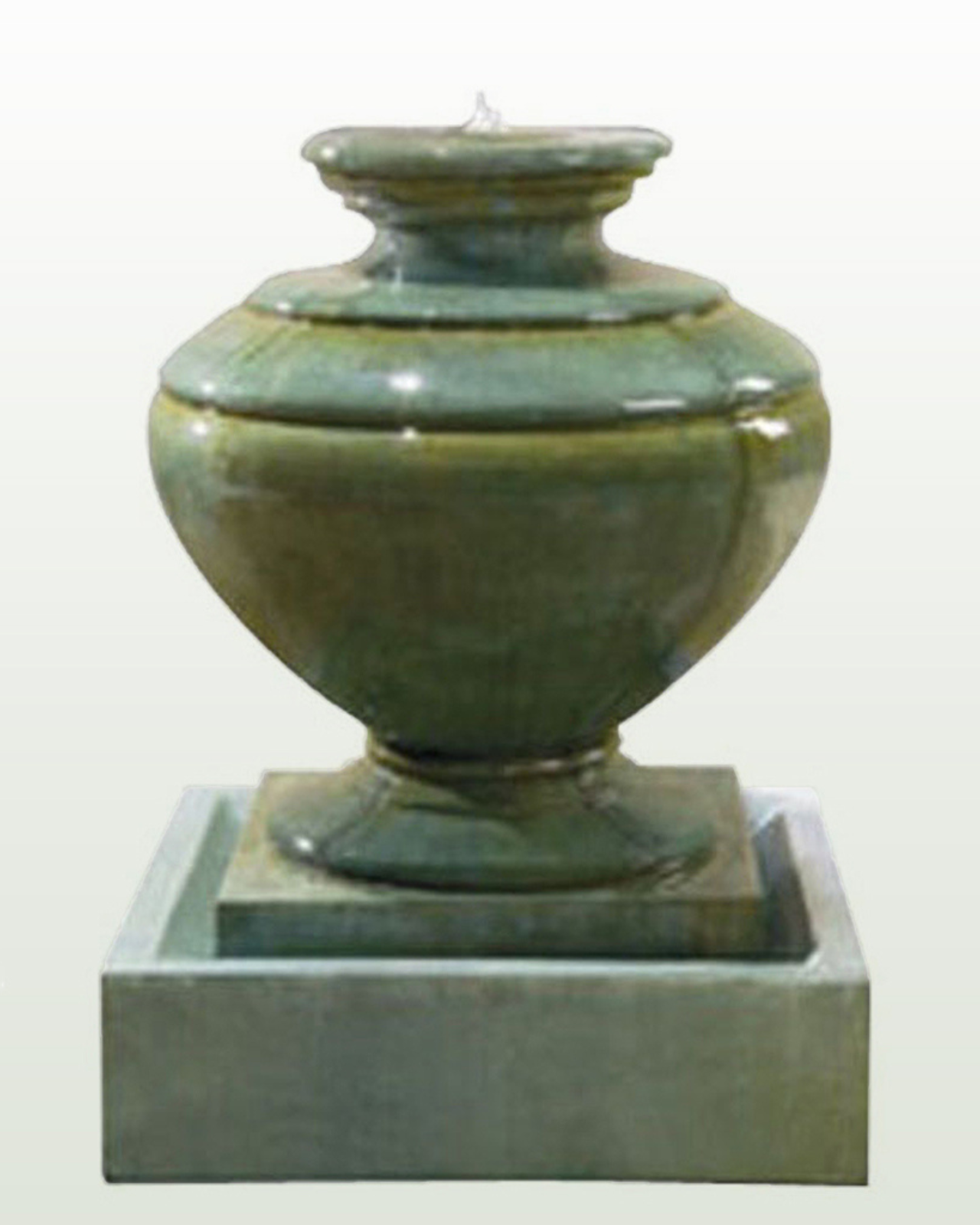
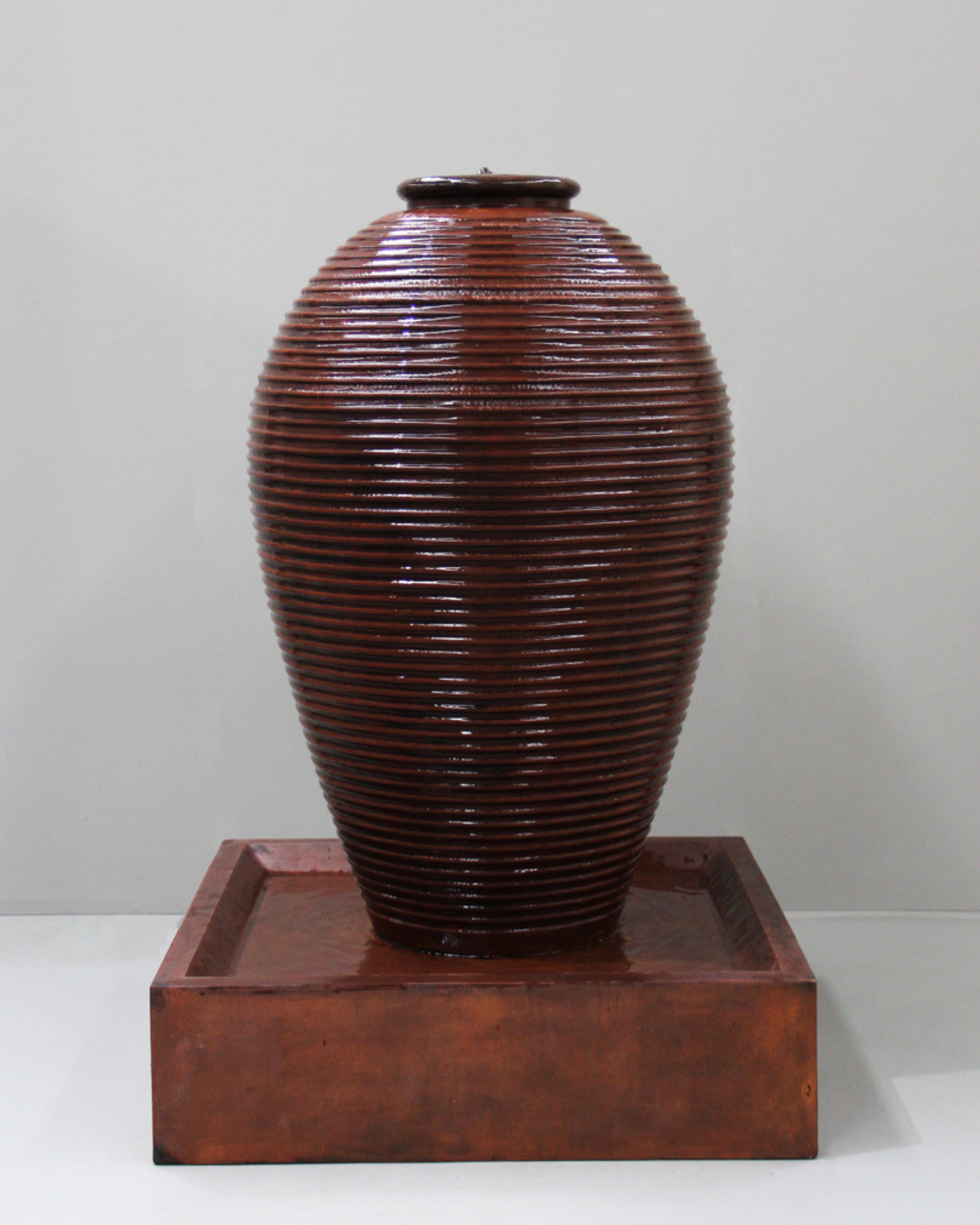
Share:
Water Feature Design Ideas for 2025
From Simple Bowls to Solar-Powered Fountains: The Evolution of Bird Baths